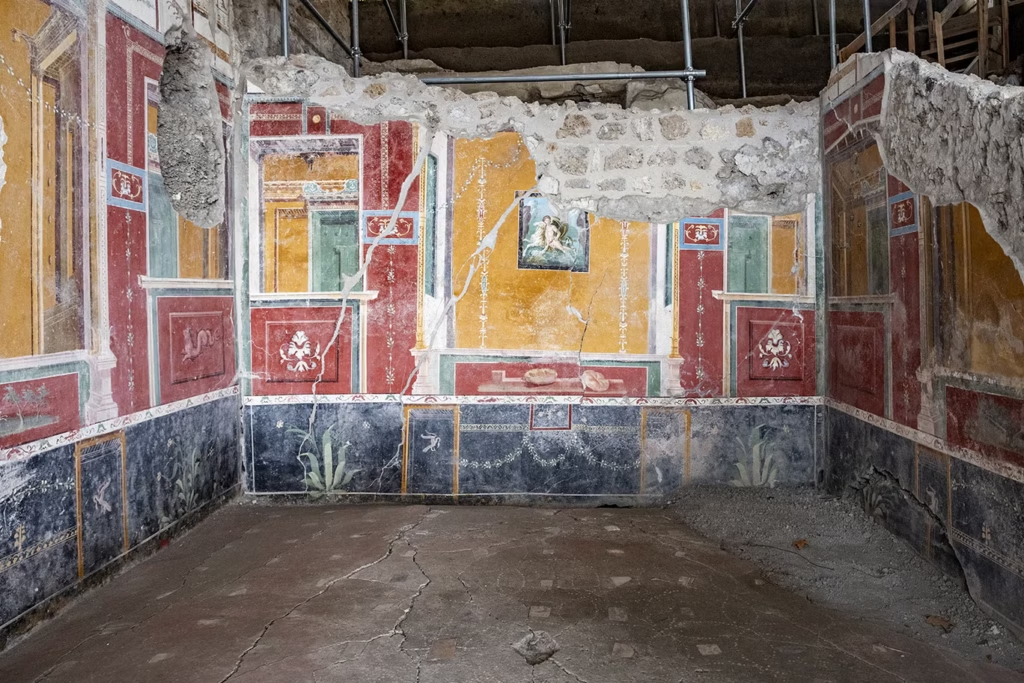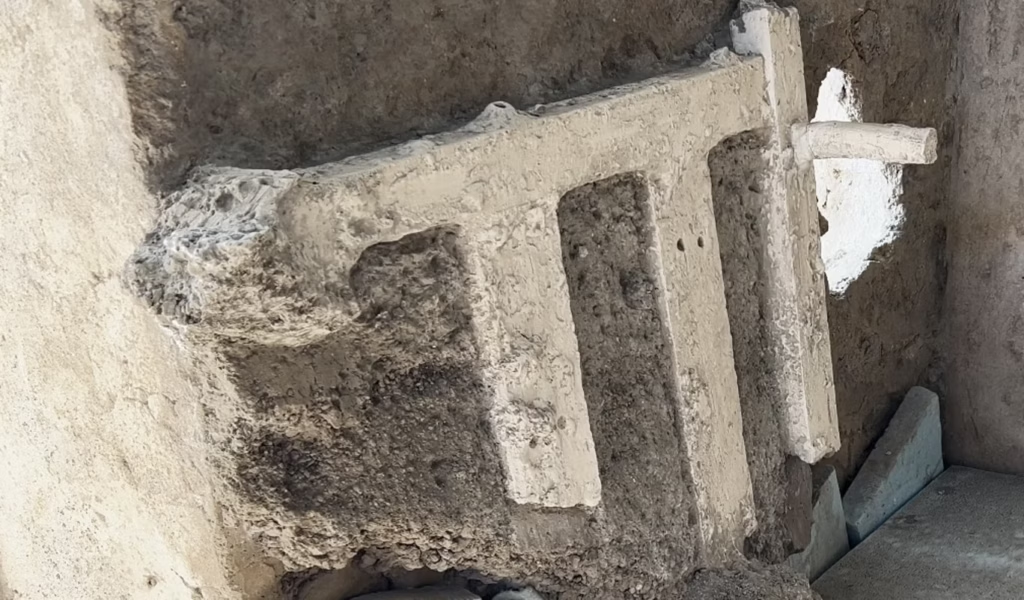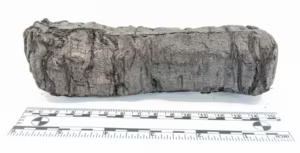A recent excavation in Pompeii has unveiled a haunting scene from the AD 79 eruption of Mount Vesuvius, capturing a family’s desperate attempt to survive. Archaeologists uncovered the remains of at least four individuals, including a child, in the “House of Elle and Frisso,” named after a mythological fresco found within.
In a small bedroom, the family had tried to barricade the entrance using a wooden bed, likely in a last effort to protect themselves from falling volcanic debris. The shape of the bed’s wooden frame was preserved in hardened ash, allowing researchers to recreate a cast of the tragic moment.

Gabriel Zuchtriegel, Director of the Pompeii Archaeological Park, explained:
“Excavating Pompeii means encountering not just the beauty of ancient art but also the fragility of human life. In this modest, finely decorated home, we found traces of people trying to shield themselves—closing off a room with a bed—likely to protect against falling lapilli from the atrium’s roof opening. But they did not succeed. Eventually, a pyroclastic surge arrived, a wave of superheated ash that overwhelmed everything. Earthquakes caused many buildings to collapse.”
Among the personal items discovered was a bronze amulet, typically worn by Roman boys until they reached adulthood—likely belonging to the child whose remains were found in the room.

In the cellar, which appears to have served as a pantry, archaeologists also unearthed a set of bronze vessels: a handled jug, a ladle, a basket-style vase, and a cup shaped like a seashell. These items provide insight into the family’s daily life and social status.
The house derives its name from a fresco depicting the myth of Helle and Phrixus—siblings from Greek mythology. In the scene, Helle reaches for her brother just before falling into the sea. Such imagery was common in upper- and middle-class Roman homes, often used to reflect cultural sophistication and economic status.
Interestingly, signs of renovation work—missing thresholds and absent decorative elements—suggest the home was undergoing repairs at the time of the eruption. This hints that the residents may have been aware of the growing threat posed by Vesuvius.
Cover Image: Archaeological Park of Pompeii





